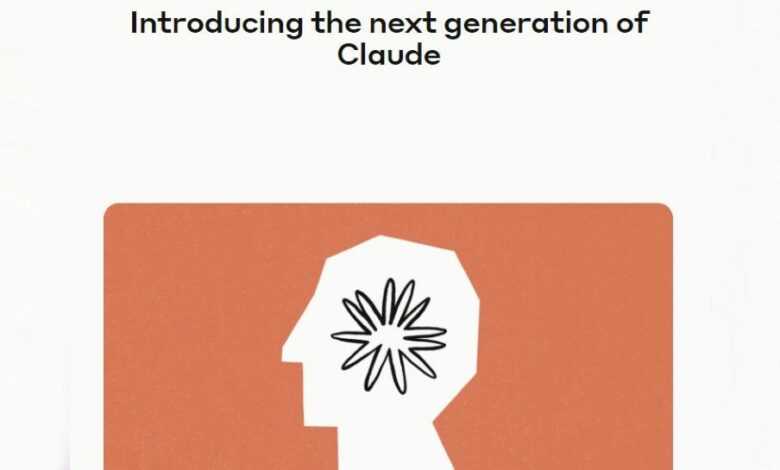Claude AI Gets a Major ChatGPT Smashable Upgrade – Here’s How to Use Artifacts

Starting today, all Claude.ai users—whether you pay for the service or use it for free—will be able to create and view artifacts on the website and in Android and iOS apps. That’s an upgrade that ChatGPT sorely lacks.
To bring you up to speed on this AI bot, Claude is a ChatGPT rival from Anthropic that has similar features, such as the ability to be controlled by text, files, and images, or a combination of the three. But aside from privacy, it doesn’t have much that really sets it apart from the big AI, which may be why Claude saw 157,000 total global downloads on iOS in its first week, compared to ChatGPT’s 480,000 downloads in its first five days (via TechCrunch).
This is where Artifacts can lend a hand in finally making Claude stand out. As explained by Anthropic in a blog post Artifacts makes conversations with the AI a more “collaborative experience.” With Artifacts enabled, Claude will open a separate window that displays the project the AI is helping to create alongside the prompts. This lets you see what your adjustments and edits will look like in real time, without needing a third-party tool.
To enable Artifacts, simply navigate to your Claude.AI profile settings by tapping your initials in the bottom-left corner of the screen, then tap Settings and toggle the ‘Enable Artifacts’ option on (or off). The next time you use Claude, it can begin generating Artifacts, though there are some limitations, such as the content having to be ‘significant and self-contained’, which Anthropic says is typically ‘more than 15 lines of content’. You can take a more in-depth look at Anthropic’s other Artifacts rules at the official FAQ.

Examples shown in Artifacts’ announcement video (above) include previewing a draft version of a website or digital games like a virtual Rubik’s Cube. If you see features you’d like to tweak, you can change your prompts and see how they impact what you’re working on in real time. That’s not something ChatGPT offers, and it makes the process of iterating on an idea with an AI (especially on mobile) a much simpler task.
With the rollout of Artifacts, Free and Pro subscription users will also be able to choose to publish their Artifacts, which other users can then remix – tweaking what others have created to suit their own ideas. Team subscription users will also be able to share Artifacts, but only with their teammates. This kind of collaborative AI design process is also something we haven’t seen before, and we’re eager to see if Artifacts lives up to Anthropic’s expectations.
Still, coupled with the emphasis on privacy, Claude is shaping up to be a true ChatGPT rival rather than a mere clone. We’ll have to watch this space, but if you’re having trouble with OpenAI’s bot and want to try something new, Claude could be the bot you need.




